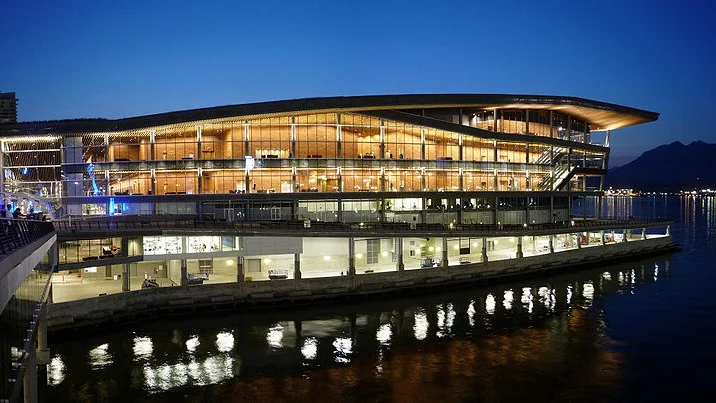In the Wake of a Tragedy: How Safe Are Our Buildings?
After the Grenfell Tower fire that occurred in England, Theresa May, Prime Minister of the United Kingdom, ordered a "major national investigation" demanding answers for what went wrong. Part of the investigation included testing the external cladding on the building and discovering that it failed fireproofing tests. This sparked further investigation and a shocking discovery.
As part of the investigation on cladding, an additional 145 buildings in 45 different local authority areas of England were tested. Each failed the fire-proofing test standard meaning that there remains a 100% failure rate. A number that has caused a definite cause for concern and created a major national investigation.
image © ChiralJon
According to The Guardian, earlier tests on cladding have resulted in hundreds of residents being evacuated from a high-rise estate in Camden, north London, after fire inspectors deemed the blocks unsafe. While the incident is currently isolated, the real questions is how safe are our buildings?
image © Knight Wall Systems
In Canada the building standards in place should theoretically prevent a fire similar to the one that engulfed the Grenfell Tower. The problem with assuming this to be the case is not a safe measure. While the National Building Code states that "all exterior cladding materials for buildings higher than four storeys must be tested for fire resistance and shall be noncombustible". Despite these policies being in place, Doug Perovic, a forensic engineer, explained in an interview with Michelle McQuigge that "trouble arises when builders try to cut costs by resorting to cheaper materials that don't come up to code." Unfortunately, this was the case when it came to Grenfell Tower since instead of zinc panels that would have been non-combustible, they chose to save costs.
image © Flickr
While this incident may influence how cladding is made in the future, currently cladding can be made of a variety of materials such as wood, metal, brick, vinyl, and composite materials that include aluminum, wood, blends or cement and recycled polystyrene, or wheat/straw fibres. The core material of the cladding is what typically dictates its overall fire resistance with some materials ranking higher for fire resistance while others not able to rank at all.
image © Alucoil
According to reports, the polyethylene cladding that was used for the Grenfell Tower was not fire resistant. In fact, it was banned from use in the United States and previously deemed "flammable" in Germany. Unfortunately, it's use was allowed in the UK since according to The Guardian, the U.K currently has no regulations requiring the use of fire-retardant material in cladding used on the outside of tower blocks and schools. A law that is promptly being investigated and presumably will be changed after the recent event.
image © Knight Wall Systems
As cladding is being deemed partially responsible for the tragic event, some have suggested leaving or removing cladding off of buildings to prevent a similar situation from arising in the future. This, however, isn't a viable option since cladding serves a key function as a rain guard for the building and prevents the moisture from entering the building and causing structural issues. So in this scenario, cladding is more beneficial to the building than not being included, so long as it’s abiding by fire safety standards. Which, after this recent tragedy, it’s safe to suggest that most people will become more cautious of abiding by the fire safety codes and choose the proper cladding.
Browse "cladding" on CADdetails.com
Sources: The Guardian, Canadian UnderWriter, Independent // Cover Photo: MaxPixel














